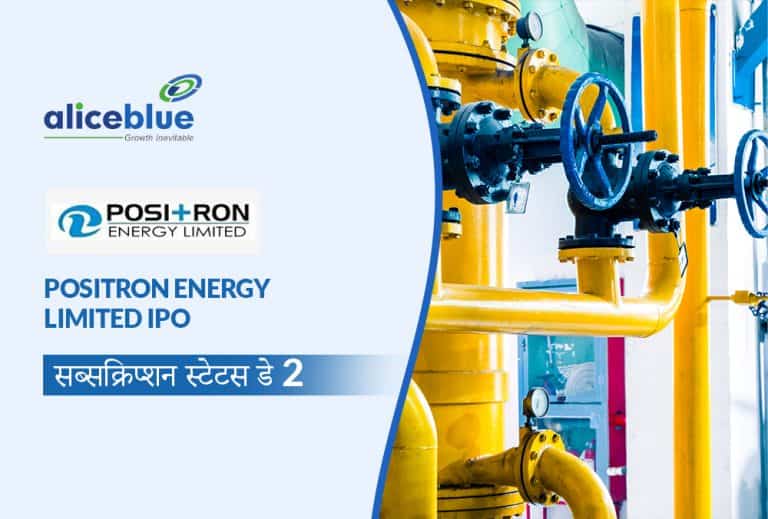What Is Follow On Public Offer
A Follow On Public Offer (FPO) is when an already publicly listed company issues additional shares to investors. This is usually done to diversify equity or raise capital to pay debts, fund operations, or facilitate expansion without increasing debt.

List Of Current/Upcoming Follow On Public Offers
The table below shows the Current/Upcoming FPOs In India as of 20-07-2024
| Company | Subscription Period | Issue Price | Issue Size (₹ Cr.) | Price Band (₹) |
| SAR Televenture Ltd | July 22 to July 24, 2024 | Book Built Issue | 150.00 | ₹200 to ₹210 |
Introduction of the Upcoming Follow On Public Offers
SAR Televenture Ltd
SAR Televenture Limited offers telecom solutions including installation and commissioning of 4G/5G towers, optical fiber systems, and network equipment. As an Infrastructure Provider Category I (IP-I), it leases sites, manages projects for fiber and duct laying, and maintains telecom utilities in Maharashtra.
Upcoming Follow On Public Offers – FAQs
What Are The Types Of Follow-On Public Offers?
Follow-On Public Offers (FPOs) can be categorized primarily into two types:
Dilutive FPO:
In this type of FPO, new shares are issued, which increases the total number of outstanding shares in the market. This can dilute the earnings per share since there are more shares among which profits are distributed. The capital raised through this issuance is used to fund business expansion, repay debt, or for other corporate purposes.
Non-Dilutive FPO:
This occurs when existing shareholders, such as promoters or private equity investors, sell their shares to the public. No new shares are created; instead, existing shares are sold, and thus, there is no dilution of earnings per share. This type of offer is also known as an Offer for Sale (OFS).
What Are The Benefits Of Follow On Public Offers?
Follow-On Public Offers (FPOs) provide several benefits to companies and their shareholders:
Additional Capital:
FPOs allow companies to raise additional equity capital to fund expansion projects, reduce debt, or finance other business activities without increasing debt or paying interest.
Improved Public Perception:
By undergoing a second or subsequent public offering, a company can enhance its credibility and public profile. An FPO signifies that the company has been stable enough since its initial public offering to consider further expansion.
Increased Market Exposure:
FPOs can increase a company’s exposure in the market by expanding its shareholder base and increasing its trading volume, potentially leading to more liquidity.
Price Stabilization:
Issuing additional shares can help stabilize the stock price in a volatile market, providing more predictability for investors and the company itself.
Exit or Partial Exit for Investors:
FPOs provide an opportunity for existing shareholders, including private equity investors or founders, to sell part of their holdings in a structured manner, realizing gains on their investment.
Diversification:
With additional funds, companies can diversify their operations into new products or markets, reducing risk by not relying on a single source of revenue.
What Is An Example Of Follow On Public Offer?
A recent example of a Follow On Public Offer (FPO) involved Adani Enterprises. The company planned a ₹20,000-crore FPO but ultimately decided against proceeding with it and returned the proceeds to investors. This decision reflects the complex strategies and considerations involved in executing FPOs (IASbaba).
How Does A Follow On Public Offer Work?
A Follow-On Public Offer (FPO) operates by a publicly listed company issuing additional shares to raise capital. This process begins with the company announcing its intention to issue shares, followed by due diligence to set optimal timing and pricing. The company then prepares an offer document outlining detailed information about the FPO. Subsequently, marketing strategies such as roadshows and media campaigns are employed to attract investors. Once the offering is fully subscribed, the shares are allotted to investors and subsequently listed on the stock exchange.
Disclaimer: The above article is written for educational purposes, and the companies’ data mentioned in the article may change with respect to time The securities quoted are exemplary and are not recommendatory.









